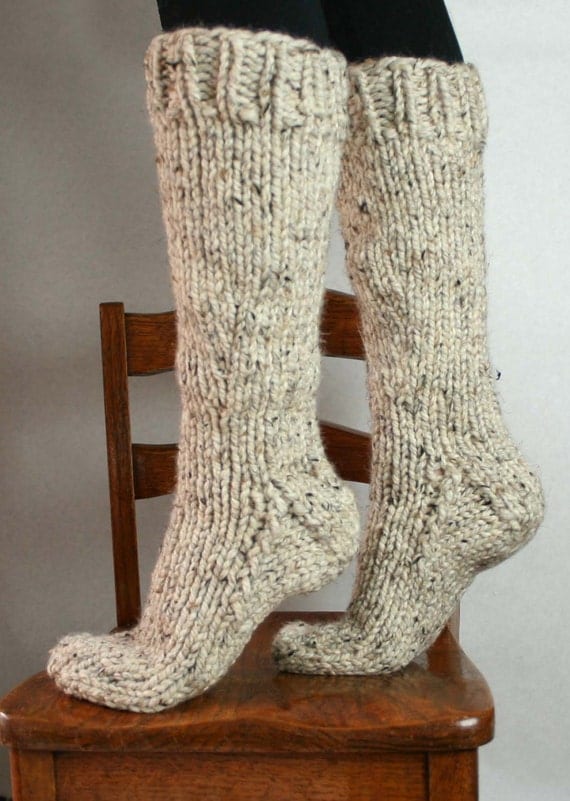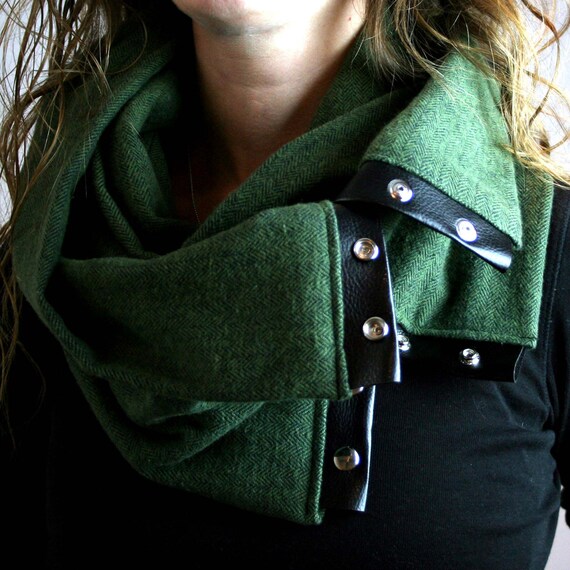 |
| Crochet Booties |
The holiday season is quickly approaching, and for handmakers, now is the heart of the busy season. As soon as the calendar clicked over to fall, I could see my Etsy shop views and favorites start to double....and even triple. I've been making enough sales to keep me rather busy, but I'm not overwhelmed just yet. However, making products, listings, re-listings, shipping things out....it's all got me to thinking a lot about the way I run my shop and the way I've set my prices.
Want to know a secret? When I opened up my shop, I had no method to pricing. None. I simply threw out a number that felt sort of ok and went with it. I sold quite a few kids hats in the early days, and I priced them all pretty much the same. I thought, well, a kid's hat should be about.....this much, and I held that price despite differences in quality of material, varying complexities in pattern or color changes, and just went with it. I did price enough to cover the cost of materials and a little bit of pocket money to, most likely, buy more materials. But for my time? I pretty much didn't get anything for my time.
 |
| Slipper Socks |
So I decided to actually work it out. What WOULD it cost to make that dress? In the past, I simply searched for similar items on Etsy and priced myself sort of in the low end of the middle of the pack. But after doing a bunch of research, and an incredibly enlightening conversation with the lovely and talented Elizabeth Ivie of Ivie Baby, I came to the conclusion that it makes MUCH more sense to look at my actual process and workflow to set my prices. I made myself a little spreadsheet, and it really opened my eyes. Even for the few existing items in my shop, I was paying myself a really wide and nonsensical variety of rates....some as low as $2/hr. Wow. What's minimum wage these days? Somewhere around $7? I've definitely done those jobs, as cashiering and filing work bought my first car and got me through the early years of college. Knitting and sewing certainly feel like more skilled labor than swiping canned food through the scanner. And yet I was only paying myself a fraction of that rate. And why? I'm certainly much more proud of anything I make in my shop than I was of those neatly alphabetized files.
I'm still working through it, but I think I've come to a couple of conclusions. First, an hourly rate doesn't make sense for knitting. For example, it takes me about 3 hours (roughly - I rarely have that much time in a single block in order to measure this!) to make one mitten. Double that, because most people order two mittens, and we're up to 6 hours. Conservatively, another hour or two for finishing work (it ALWAYS takes longer than you think it will!) and the cord....now we're up to 8 hours. 8 hours x $7/hour = $56. FIFTY-six dollars. FOR BASIC KID'S MITTENS. They're cute. But I'm not certain they are $56 cute.
 |
| Toddler Mittens |
So....hourly rates for knitting sort of don't make sense. However, an option commonly used by commission knitters is a rate per YARD of knitting. This can range from $0.15-0.25 per yard of yarn depending on the difficulty of the pattern. I can easily do some mathematical wizardry (ahem multiplication and division) and figure out how many yards of yarn I'm using based on the total yards in the skein of yarn and the weight of the finished object. It's been pretty enlightening for me to work those numbers on the current (and super long list of potential future) items in my shop.
Hourly rates DO make sense for sewing though. Yardage doesn't, because yards go by in a snap when you're talking fabric! Plus there are all kinds of other details from cutting, actual sewing, finishing, and details like buttons, snaps or zippers to consider. Elizabeth said that she looked around at what professional seamstresses charge, and set her rates accordingly. When you are selling independently, you are not only the designer and maker, but you are also responsible for all of the back of house accounting, billing, shipping and marketing - those overhead costs really should be factored into your rates.
Even if you are selling as a hobby, it's important to price your work fairly. Some people are doing this as a full time gig, and it would be wicked tough to survive at $3 an hour. I've been working on a pair of socks (off and on) since June. So given the time investment, and the fact that good, solid quality sock yarn can cost $10 on its own, it's sort of heartbreaking to see people selling a pair of handknit socks for $12. I don't think you can even get Smartwool socks for less than $20 without some sort of monster sale! Obviously everyone should do what feels right for them, but the implication to buyers might be that ALL handknit socks should be worth $12, and I just don't believe that's true.
 |
| Snap Scarf |
So those are my thoughts on pricing these days. How do other people do it? What is handmade worth to you?

I don't own a etsy shop of my own but I know how helpful this can be. I love shopping at etsy and sometime the prices discourage me though I do understand as to why some handmade this are a bit pricey.
ReplyDeleteI think WAYYY too many people under price, and it's a shame! I really like your point about how your audience doesn't match yourself/your skill set as well. I am even sometimes happy to buy something I could make, because I don't want to take the time to find, buy, tweak a pattern all for a one-time purchase/usage. Great post!
ReplyDeleteHandmade is so under priced... People who don't knit/sew/craft don't have a clue at how costly it can be (and I am talking about both supplies and time spent)... I would love to knit but I only know how to sew. :) I buy from other artisans when I don't have the time to make it or am just lazy... :)
ReplyDeleteThanks everyone! It's good to know that there is at least some understanding of the "why" for pricing handmade the way it is. I hope sharing my method has been helpful. :)
ReplyDelete